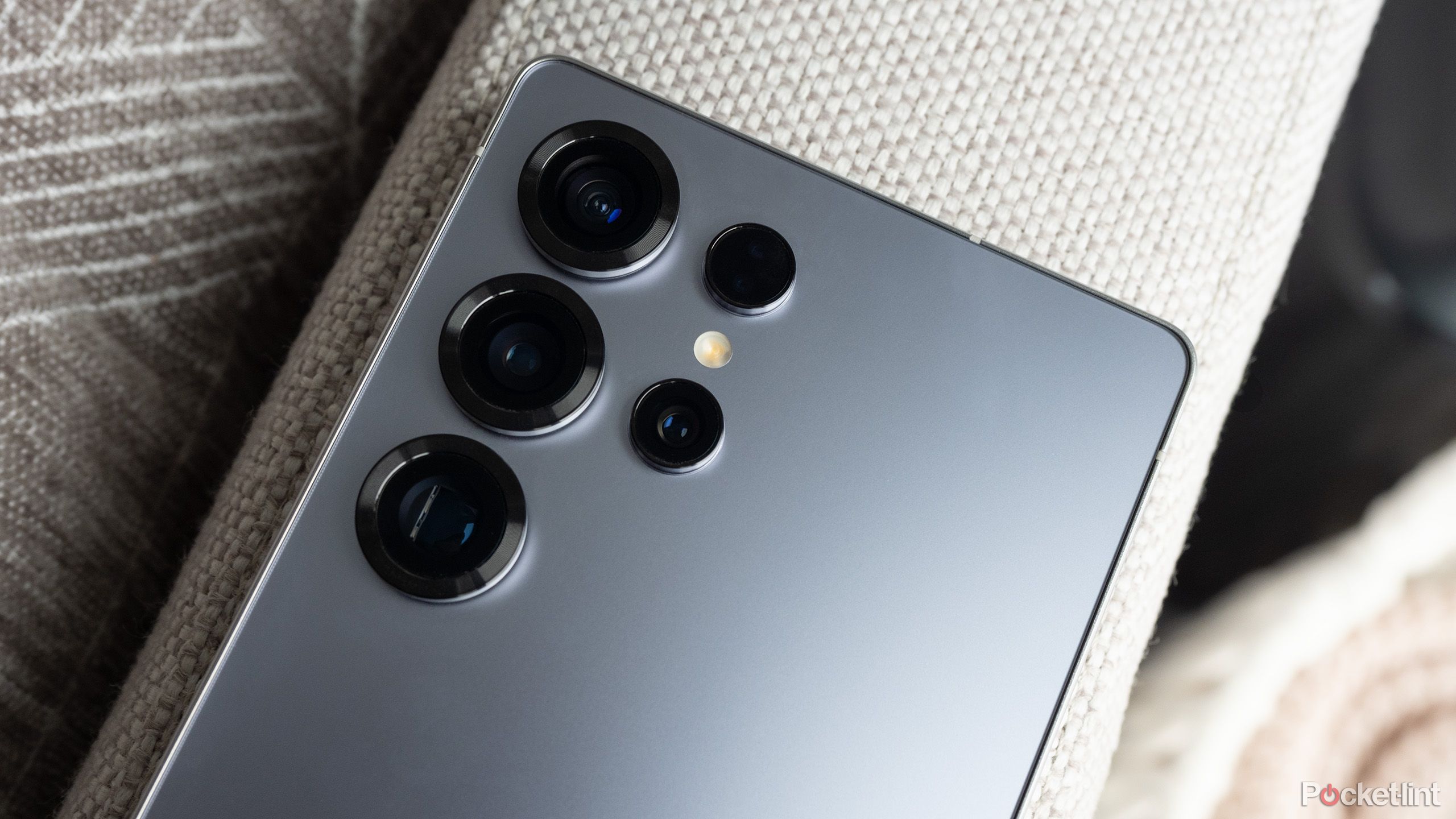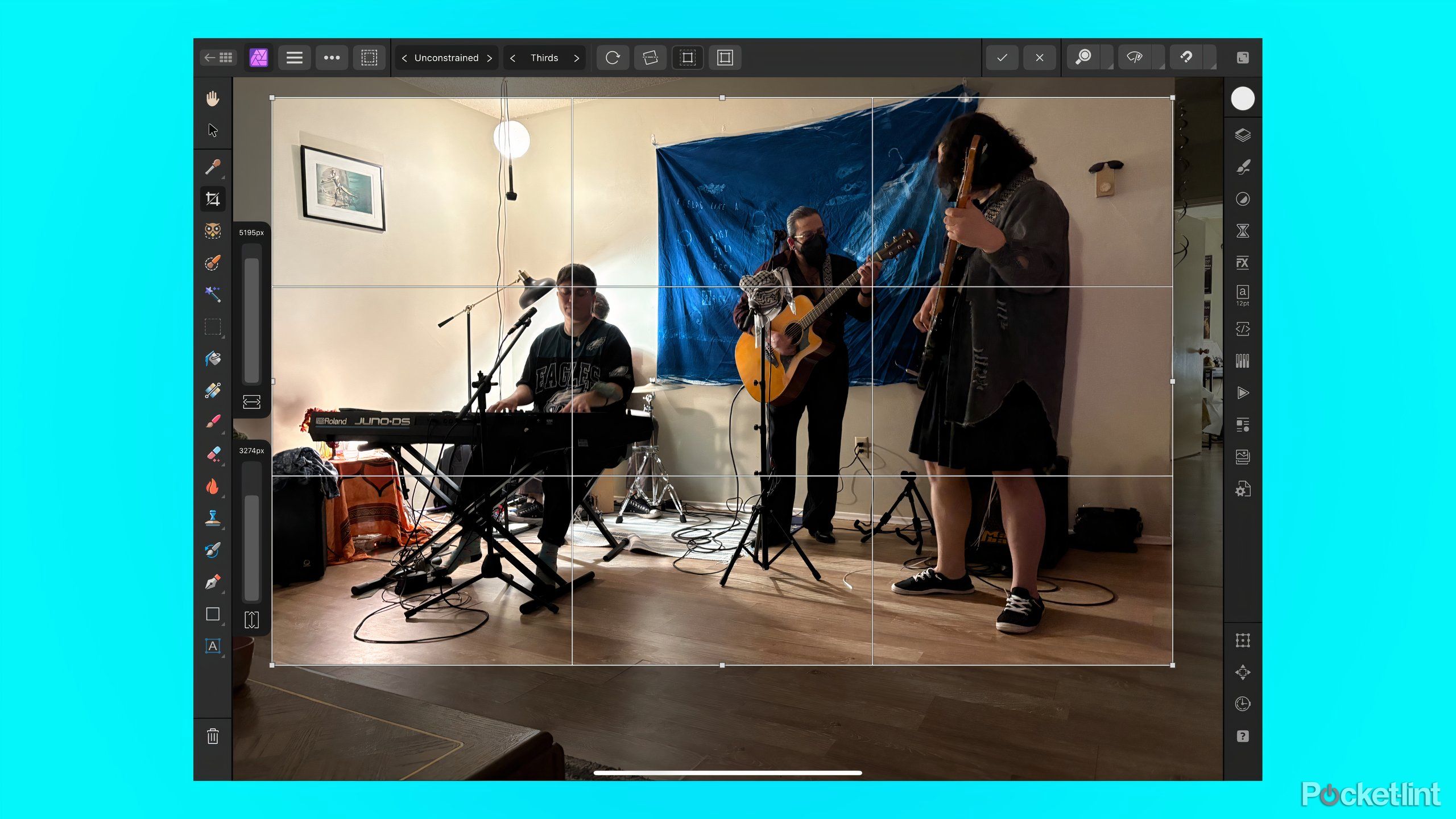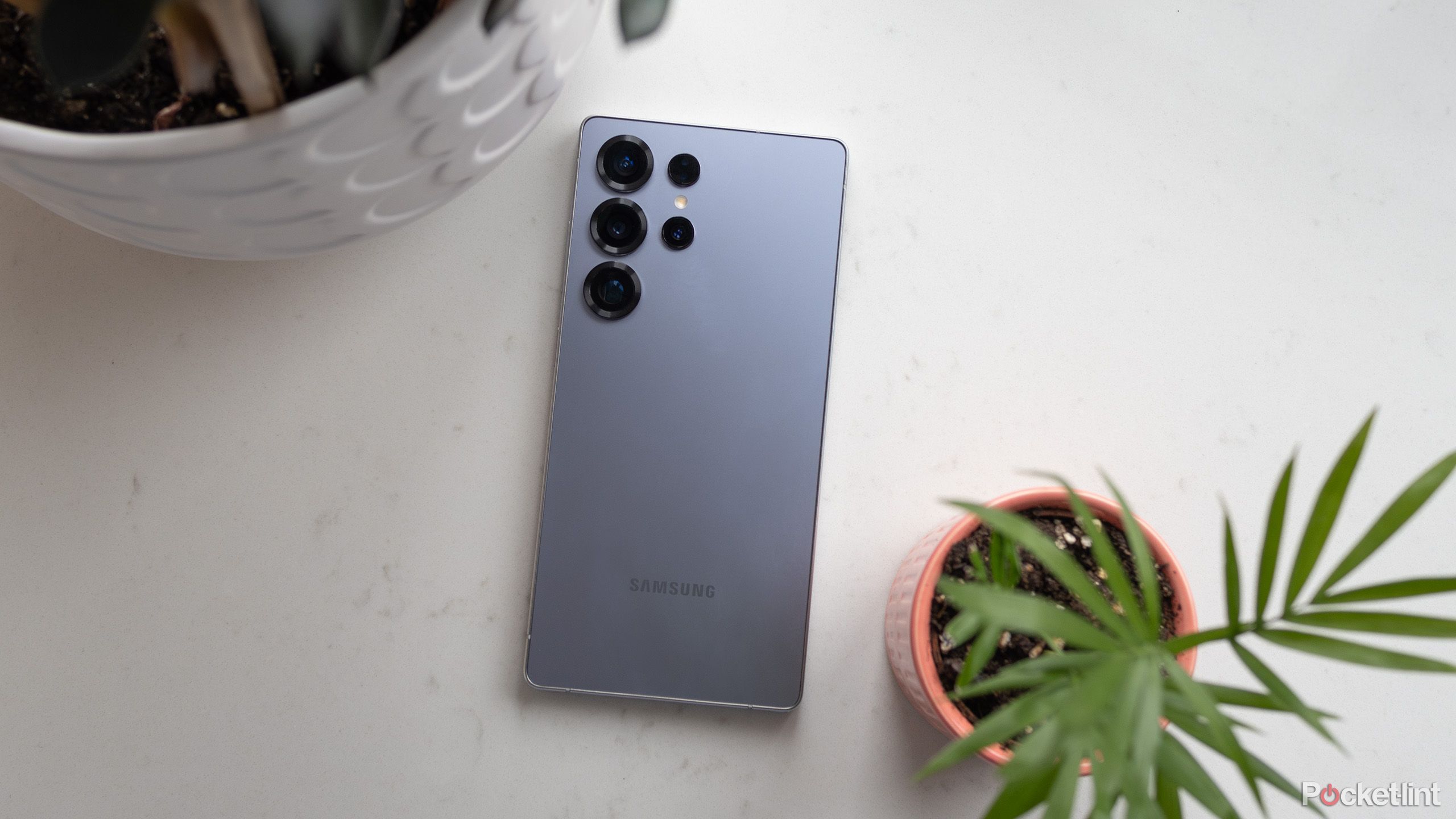Abstract
- Many smartphones now have extraordinarily sharp fundamental digicam sensors, rated wherever between 50 and 200 megapixels. That is increased than what many professionals use.
- In actuality, these pixels are principally being put in direction of low-light efficiency and digital zoom, the latter coming with some severe drawbacks if you happen to push it too far.
- A devoted telephoto digicam will outshine any digital zoom so long as it has respectable specs. That makes it very important to take a look at a cellphone’s digicam tech before you purchase.
Earlier than I used to be in a position to flip writing right into a full-time profession, I used to work as a part-time skilled photographer. I used to be hardly Richard Avedon, however I knew my approach round studio lighting and a DSLR, and that was sufficient to get some work. I began with a Nikon D70, ultimately upgrading to a D300.
The D300 served me effectively till I offered it, but it was quaint by fashionable requirements. It had a 12.3-megapixel sensor that was too noisy to make use of past ISO 1600, or usually simply ISO 800. Distinction that with my iPhone 16 Pro, which has a 48-megapixel fundamental sensor, and might typically shoot in near-darkness utilizing a mixture of software program processing and optical picture stabilization. I’d’ve killed for that once I was taking pictures marriage ceremony receptions. Right this moment, some telephones now sport ridiculously excessive megapixel counts that may’ve as soon as been thought of state-of-the-art, such because the Samsung Galaxy S25 Ultra, which hits 200 megapixels.
Whether or not I am purchasing for phones or devoted cameras, nonetheless, I worth an extended telephoto lens much more than the sharpest potential fundamental sensor. I will inform you why.
Associated
Is the iPhone 16 Pro worth buying for photographers and videographers?
Calling one thing Professional does not all the time make it skilled.
Why cellphone makers emphasize sharper fundamental sensors
It is about greater than bragging rights
Let’s take a step again for a second — what is the worth of an ultra-sharp fundamental sensor? In spite of everything, the one in my D300 was ok to print 8×10 portraits. A 200-megapixel sensor can theoretically output 12,240 x 6,320 pixel decision, which is effectively past an 8K TV, not to mention a body you’d grasp over your mantelpiece. Hypothetically, you must shoot for a type of billboards you see alongside the interstate.
The reply is that cellphone makers aren’t actually after most decision. Somewhat, they’re chasing two issues, the primary being gentle sensitivity. With bigger sensors, pixels could be “binned” collectively to enhance low-light efficiency. You quickly sacrifice decision, nevertheless it’s higher to have a usable 12-megapixel photograph than a loud, blurry 50-megapixel one. In well-lit situations, binning could be scaled again.
Telephone makers are chasing two issues: gentle sensitivity and a less expensive zoom impact.
Massive sensors are additionally an affordable approach of reaching a zoom impact. Since a 4K picture will match right into a 100- or 200-megapixel one a number of occasions, you may usually crop-zoom whereas dropping little if any noticeable element. With software program processing, issues can doubtlessly be masked over.
Devoted telephoto cameras are comparatively tough. They not solely want a sensor of their very own, however a much bigger lens array that is tough to cram into the size of a smartphone. That is why many high-end units have monumental digicam bumps. As a consequence, “digital” zoom could be cheaper than the true deal, which is called optical zoom.
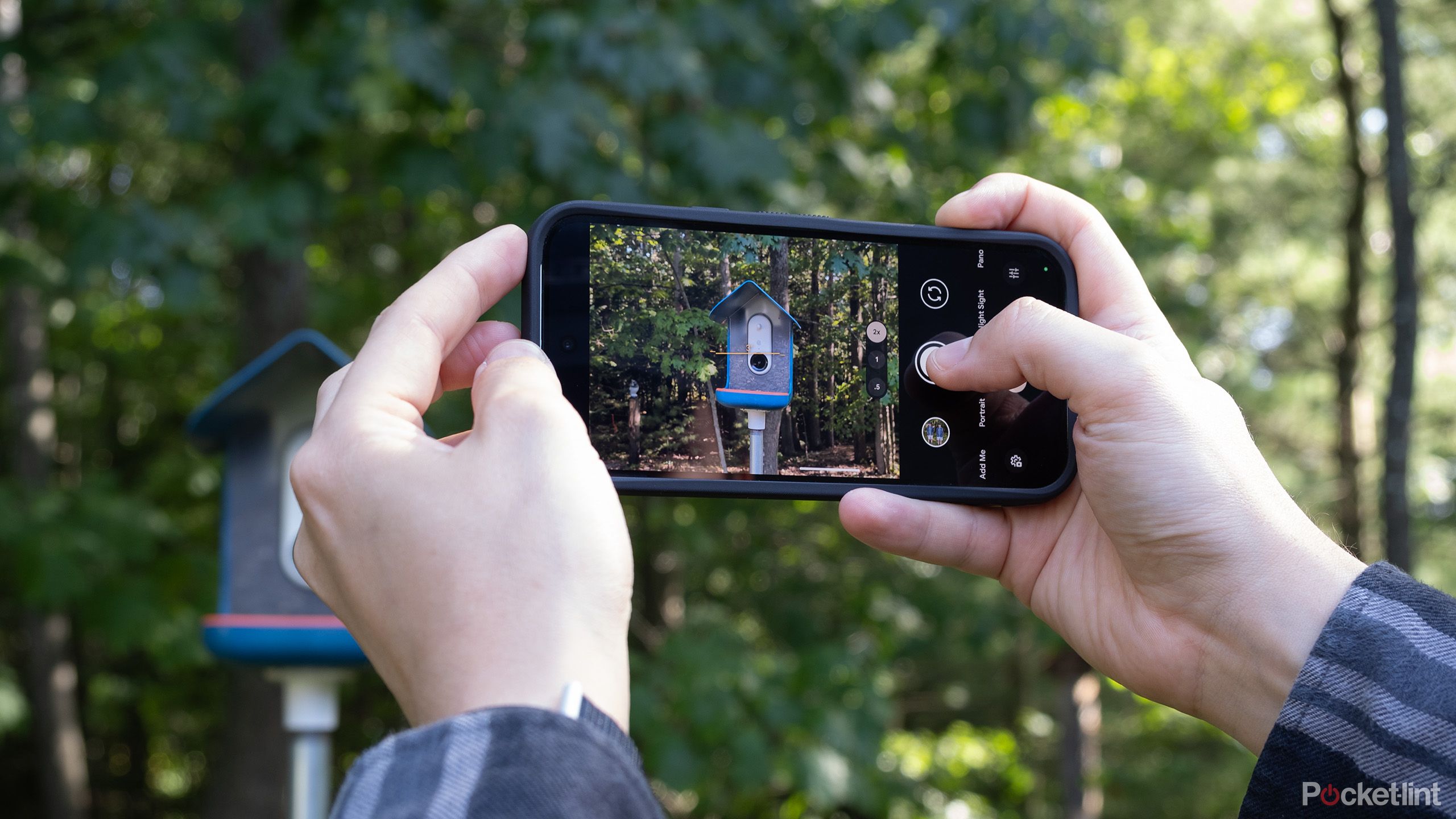
Associated
5 tips for phone photographers that make your pictures not suck
You are able to do rather a lot with a bit of if you happen to suppose like a professional.
Why execs go telephoto
With respectable specs, that’s
Discover that I stated massive fundamental sensors allow an affordable zoom “impact.” The truth, in fact, is that you just’re simply blowing up a part of a extra distant picture. Which means not simply potential element loss, however the magnification of any flaws, similar to sensor noise or mud specks. And the additional a picture is cropped, the extra seemingly it’s you are going to discover particular person pixels, because you’re working with fewer of them. You would possibly be capable of digitally zoom in on the tip of the Empire State Constructing from Hoboken, however the ensuing photograph can be a pixelated mess.
Digital zoom may amplify any aberrations, similar to warmth distortion. Telephoto lenses are topic to those, too, however aberrations ought to no less than be much less outstanding within the body.
You would possibly be capable of digitally zoom in on the tip of the Empire State Constructing from Hoboken — however the ensuing photograph may very well be a pixelated mess.
On high of all this, there is a marked distinction in perspective with optical zoom. Telephotos are inclined to flatten a topic towards the background, and make it simple to realize shallow depth-of-field, no less than when the topic is shut by. That is why portrait photographers usually use a 70- to 120-millimeter lens when a 50-millimeter one would hypothetically be enough. The outcomes are extra “inventive,” for lack of a greater time period.
The asterisk right here is {that a} telephoto digicam has to fulfill sure specs. Something beneath 12 megapixels is questionable, and even above that threshold, telephoto sensors are inclined to carry out worse in low gentle. That makes mechanical picture stabilization important — I typically get blurry pictures with 5x zoom in well-lit situations.
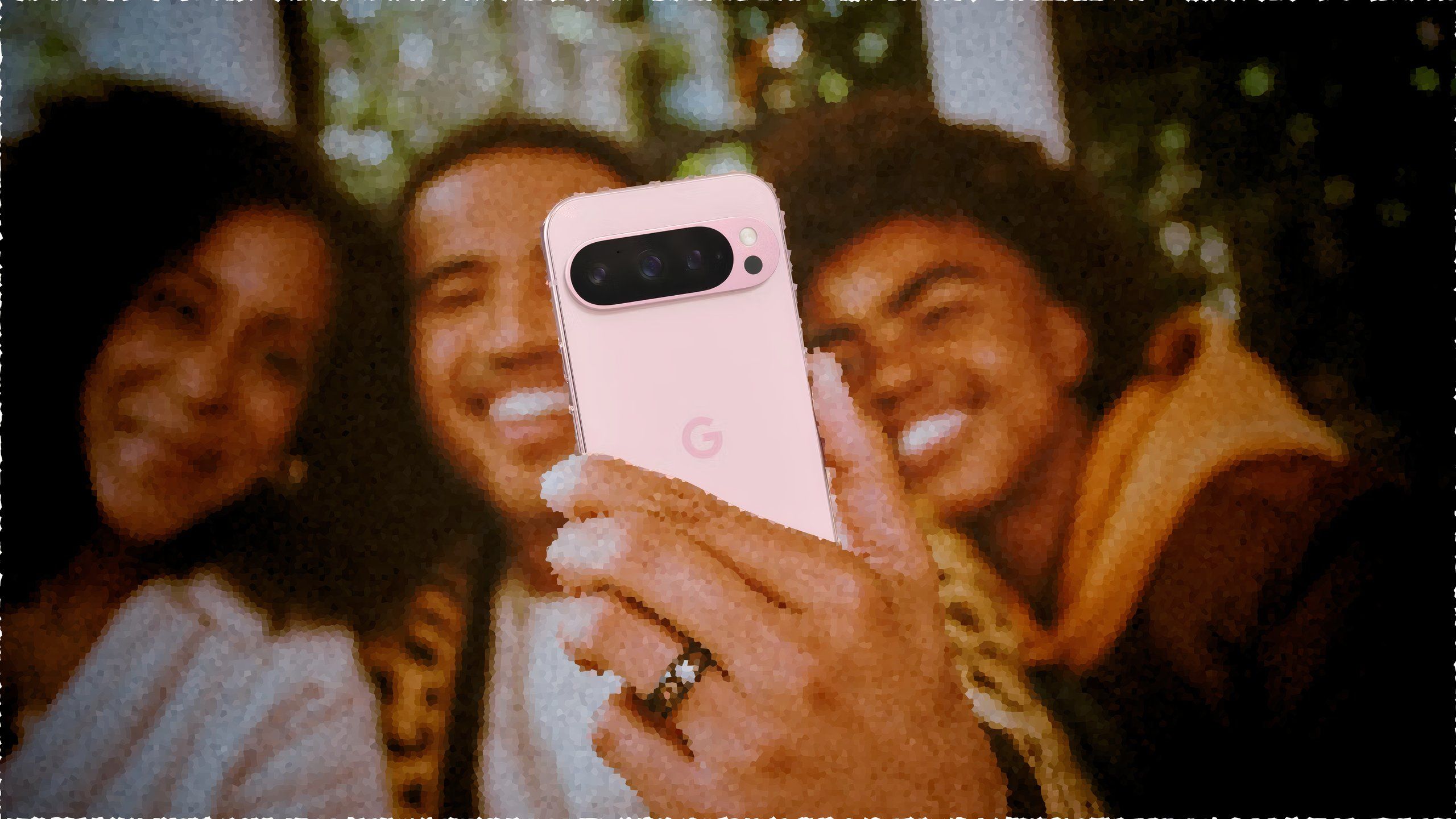
Associated
The Pixel 9’s Super Res Zoom hits the sweet spot — the rest is AI overkill
The Pixel 9 Professional helps Tremendous Res Zoom in video for the primary time, and it is a good instance of AI-enabled options that make sense on Google’s cellphone.
Are you promoting your self quick with a 200-megapixel digicam?
It is a matter of use instances
You are not essentially cursed if you happen to’ve received a cellphone with a high-megapixel fundamental digicam however a low or non-existent telephoto. Somewhat, it’ll depend upon how regularly situations fall exterior the norm. Most pictures are usually shot inside shut vary of their topics, not more than a dozen ft away, and in moderately clear and well-lit environments. In these conditions, cropping to zoom is not a giant deal, since your cellphone does not must blow issues up a lot if in any respect.
Ideally, cellphone makers would offer the perfect of each worlds, making lengthy telephoto cameras commonplace and beefing up their related sensors.
It is whenever you attempt to push the boundaries that digital zoom falls aside. As an example you are attending a summer season music competition, however attempting to zoom in on a lead singer from the again of the group. You would possibly be capable of get a usable, high-resolution picture — however do not rely on it. Optical zoom is usually going to be extra dependable so long as the stage is correctly illuminated, you have received sufficient zoom size, and you may maintain your hand nonetheless.
Ideally, cellphone makers would offer the perfect of each worlds, making lengthy telephoto cameras commonplace and beefing up their related sensors. That is little doubt coming in some unspecified time in the future. For now, if you happen to care about high quality pictures, I might recommend trying into the precise digicam specs of every cellphone you purchase.
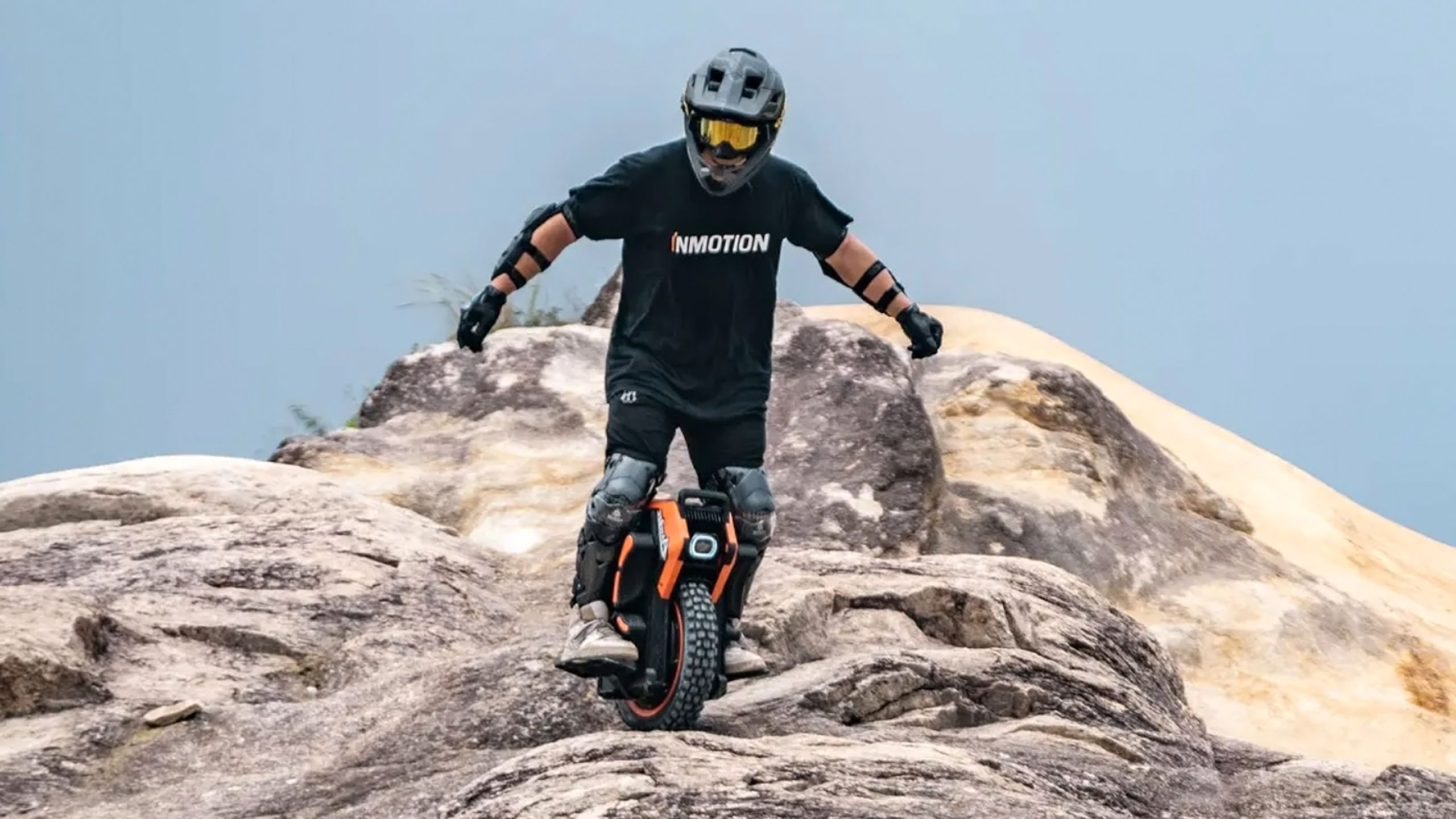
You may also like
Everything you need to know about PEVs, or personal electric vehicles
You should use PEVs like e-bikes and scooters to discover, run errands, or pace up your commute.
Trending Merchandise

Wireless Keyboard and Mouse Combo – RGB Back...

Wi-fi Keyboard and Mouse Combo – Full-Sized ...

Acer Nitro 31.5″ FHD 1920 x 1080 1500R Curve...

SAMSUNG 27″ Odyssey G32A FHD 1ms 165Hz Gamin...

NETGEAR Nighthawk WiFi 6 Router (RAX54S) AX5400 5....


